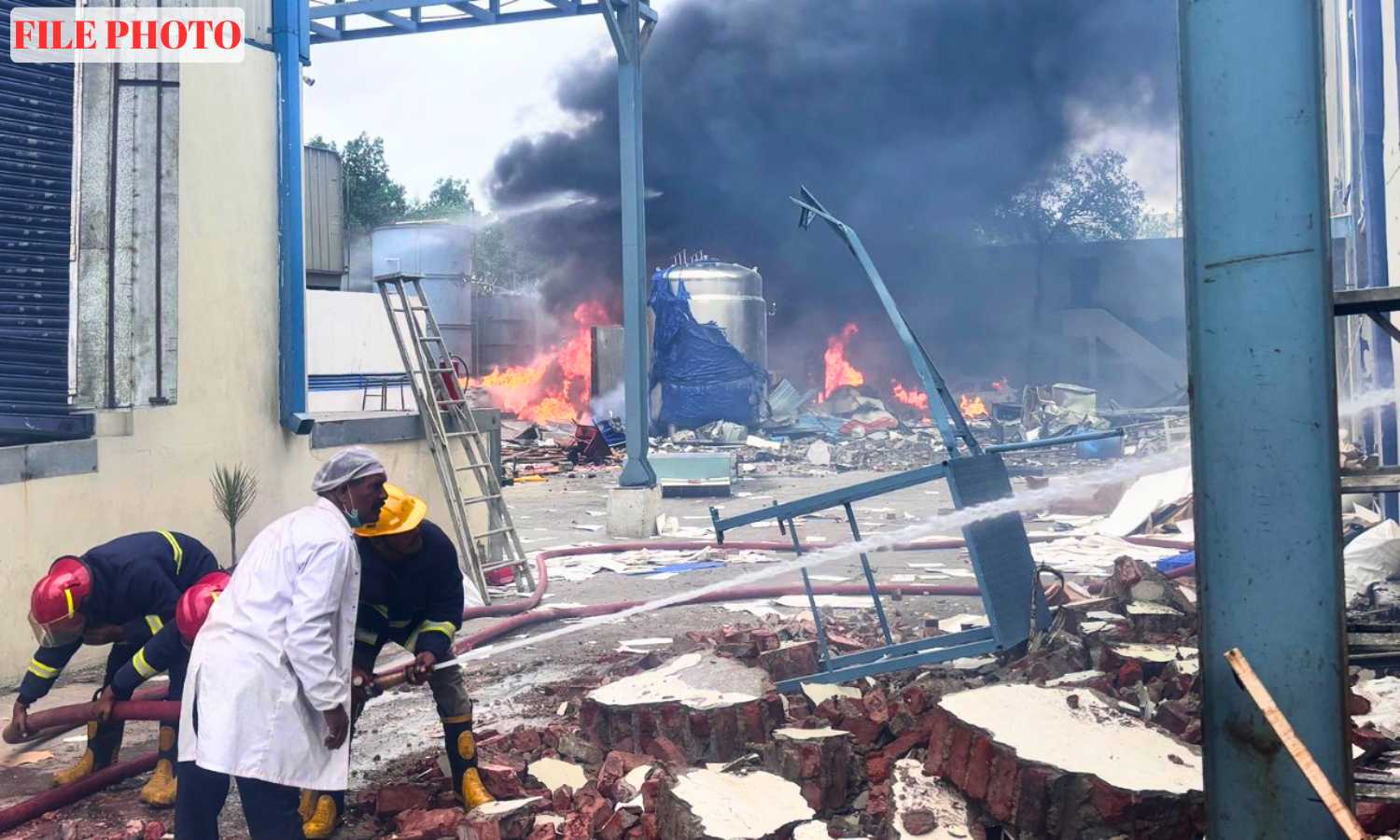Hyderabad: A damning mix of safety violations and bureaucratic negligence is now at the center of the Sigachi Industries explosion that killed over 40 workers last week at the Pashamylaram industrial estate.
An internal factory department report, now made public, shows that a routine inspection had cleared the very same facility just seven months ago. Conducted on December 12 last year at Plot No. 20, the inspection declared the unit fully compliant, with no further permissions needed. That same site has now turned deadly, and the once-buried report is raising hard questions about the thoroughness and integrity of these checks.
Sigachi Industries manufactures microcrystalline cellulose powder and powdered cellulose, both widely used as raw materials in the pharmaceutical and food processing sectors. Critically, both substances are known to be highly flammable. At the time of inspection, the factory employed 197 people, including 110 permanent workers and 87 on contract.
But buried in the inspection report is a list of glaring lapses that should’ve raised alarms. There was no basic medical support, not even a first-aid kit. No nurse, no medical staff. The plant didn’t have a welfare officer, and sanitation was described as dismal, with toilets in unsanitary conditions across the premises.
Fire safety infrastructure was equally negligent. Not all sections had fire exits. The firefighting equipment in place was inadequate. Crucially, there had been no fire safety training. The machinery hall, a high-risk area, lacked sufficient exit points. Exposed live wires were left hanging throughout the premises.
Workers were reportedly never provided protective gear or given any kind of safety orientation. Many were operating in hazardous conditions with little to no awareness of protocols, despite handling combustible materials daily.
Despite all these deficiencies, the facility was marked as satisfactory in the official inspection. That decision, and the people behind it, are now under scrutiny, as calls grow louder for accountability over what many are calling a preventable tragedy.
Authorities have yet to comment on whether any disciplinary action will be taken against those involved in the original clearance. But with the scale of the disaster now clear, the Sigachi blast may prompt a deeper reckoning with how industrial safety is monitored — and how too often, it isn’t.

